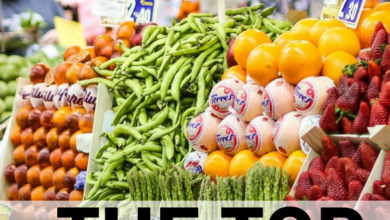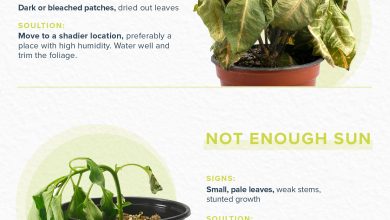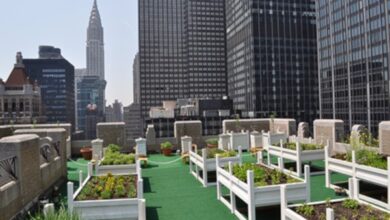How to Cultivate an Organic Garden Successfully: 8 Fundamental Steps
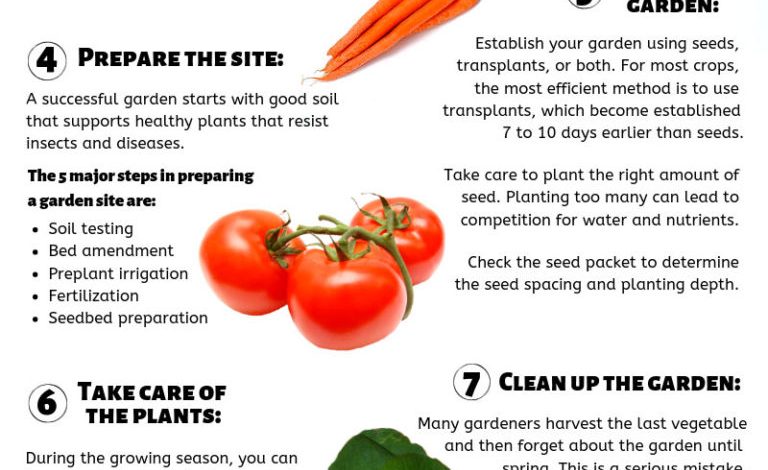
If you are a beginner in horticulture and would like to know how to start growing an organic garden at home, today’s post will help you! We will tell you what are the basic points that you must plan before starting and the most common cultivation techniques of organic farming.
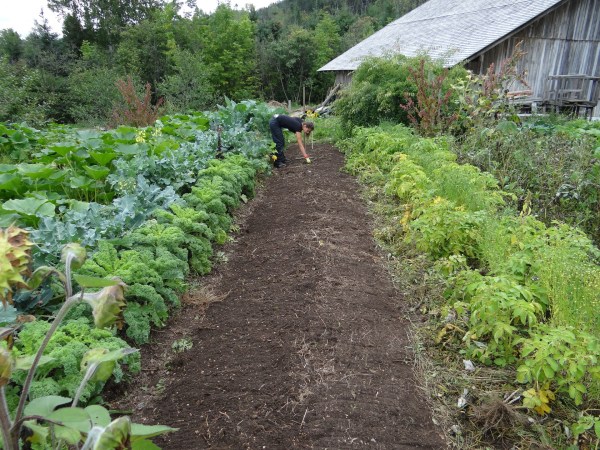
How to grow an organic garden
1. Decide what to plant
This is the first step because it will depend on it, for example, when you should start with the tasks or the type of container you need.
If you have never cultivated an organic garden, I recommend that you start with the plants that are easier to grow, those that require less care, that are less demanding in terms of nutrients or that are less affected by pests and diseases.
Examples of garden plants that are easy to grow: garlic, Swiss chard, onion, chives, squash, cabbage, escarole, spinach, beans, lettuce, turnip, radish, carrot… Red berries or «wild» berries are also easy to grow. cultivate, and the aromatic ones, which will also give a touch of smell and color to the garden.
We have already talked about almost all of them in Agrohuerto, so if you want details on how to grow them, you just have to go to the “How to grow a garden” category or search for them by name in the search engine at the top right.
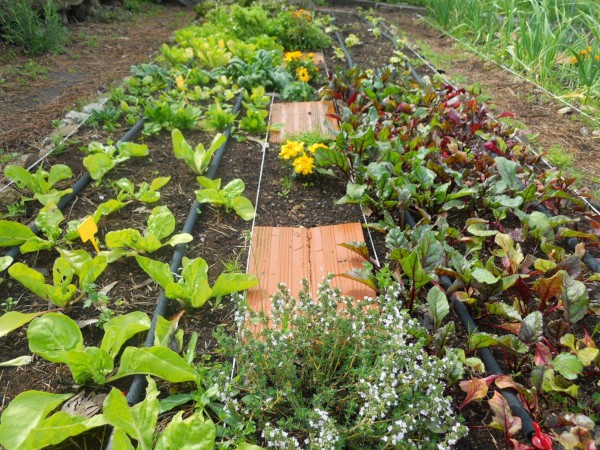
2. Choose the culture containers
If you have a garden, great! You can grow in the ground. But if not… you should look for containers, a growing table or a few pots where the plants can grow well. There are a ton of types of grow containers, and you can also make your own by recycling containers.
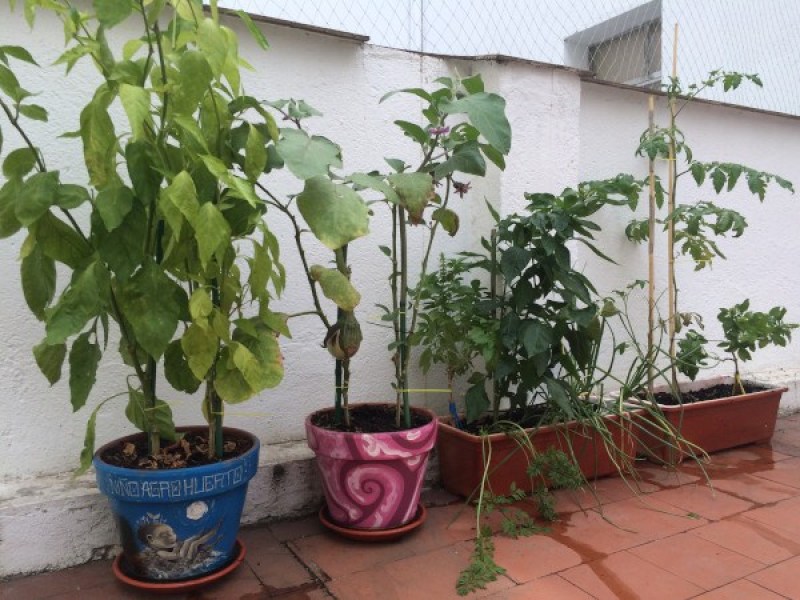
If you grow in containers, find out how deep each crop needs to be (this will depend on how deep its roots are).
Then, when it comes to planting your crops, you have 2 options: make the seedbeds first and, when the plants are a bit grown, transplant them to their final place; or sow directly in the ground or final pot. There are more chances that they will get ahead in the first way, yes, if you are new to this, it is better to make seedbeds.
3. Tools you need
To cultivate a garden you will need some tools or elements such as a shovel, a bucket, a rake, gloves… we already talked about all of them in the post « 10 tools necessary for your garden «.
4. The substrate or soil
It is very important because it is where the plant is sustained and where it gets the water and nutrients it needs. If you are going to install your garden in pots, Álvaro recently made a video for the post « Substrate for pots. Orchards at home «, which will come in handy.
5 . Fertilize the organic garden
If what you want is to cultivate an organic garden you will not be able to pay it with anything. You should not use chemical or artificial fertilizers. Only natural products. You must fertilize the substrate a few weeks before planting or sowing, so that the fertilizer matures well in the soil and is a homogeneous mixture.
Almost all organic farmers recommend manure. But if you live in the city or do not have access to it, there are other natural ways to fertilize: compost, green manure, worm castings… In » 5 ways to fertilize the organic garden « you can see more details.
6. Association and crop rotation
They are two very typical techniques of organic farming.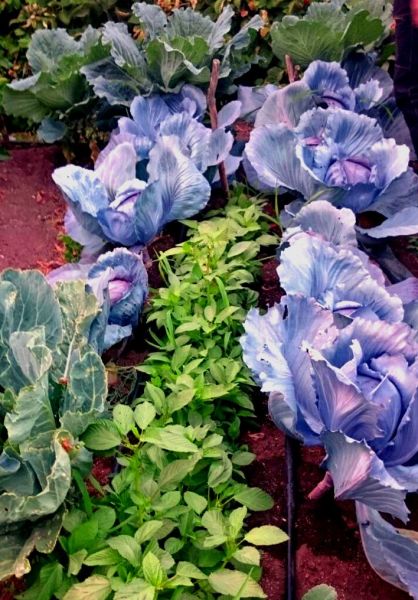
The association of crops consists of putting together vegetables that are beneficial to each other or, at least, that are not harmful because they have the same requirements or pests.
For example, you should not put together vegetables from the same family (tomatoes, aubergines or peppers, they are all solanaceae; melon, pumpkin, zucchini are all cucurbits…), or those that have the same type of use «root», «leaf», «fruit…). It is better to mix families, type of use and type of root (deep, superficial…) so that they complement each other. It is also very good to mix vegetables with aromatic ones, as they enhance the flavor and help prevent pests. In the post Crop associations, 6 good and 4 bad, you have some examples.
Crop rotation is something similar. It is about alternating in the same place vegetables with different levels of demands and characteristics. For example, if one year you have put spinach, which is very demanding in terms of nutrients and «depletes» the soil, the following year it would be good if you put a legume in that place, which is «improver» and helps to recover the soil. You have more keys for this in the post “ Planning the garden: crop rotation ”.
7. Irrigation
Irrigation is independent of whether you have organic farming or not (in this case there is nothing «forbidden»), although dripping is recommended because it saves water and helps prevent fungi because the humidity is lower.
In any case, if your garden is small or you only have a few pots, a simple errand will suffice. In the post «Plan irrigation in the garden» you can see the different types of irrigation and how to plan it.
8. «Integrated fight» in the organic garden
As with fertilization, you cannot use chemicals or insecticides to kill pests, fungi, or weeds in your garden. If you want to grow an organic garden, you should use Integrated Control or Integrated Pest Management, no artificial chemicals.
It consists of using a combination of «clean» methods, such as traps, biological control with insects that will eat the pests, the use of natural preparations, the use of aromatics or beneficial crop associations that keep pests away, mulching or padding etc.
We have already talked about these and other things in the «Pests and diseases» Category, so I will not dwell on it. I recommend that you take a look at these articles to learn more about the ecological fight against pests and about some specific problems of garden plants.
Also in the search engine at the top right you can search for keywords based on the information you need, there are almost 500 posts like this one on different topics to learn how to grow an organic garden.

